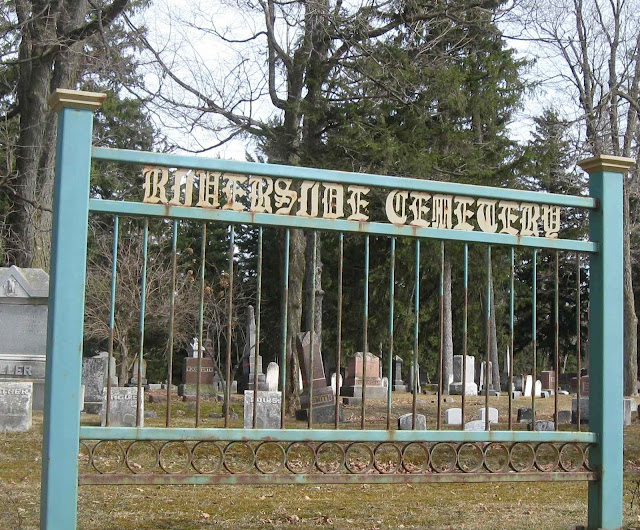The Ultimate Guide to Cleaning Headstones
Every time you walk into a cemetery whether you are there to visit a loved one or whether you are there to take pictures, you notice that some headstones are in major disrepair. Sometimes newer stones get a little bit of moss or lichen especially in the engraved writing on the stone. Sometimes they are totally overgrown and sometimes some headstones may even have fallen and are almost covered. Cleaning a headstone isn't as scary or complicated as you may think!
So before you even pick up a brush or a bucket be sure to CHECK ALL LOCAL AND STATE LAWS. Believe it or not some states and locations have laws prohibiting you from cleaning a stone that isn't a direct relative. I like to check out this website, they have some nice resources regarding this matter.
So before we got too far, we should first educate ourselves on the different types of headstones. The most common are granite, marble, limestone, zinc and sandstone. Each is fairly easy to identify and all can be cleaned to some degree.
 |
| Granite is some of the most widely used materials to this day, its very durable and pretty easy to clean! |
 |
| Marble headstones were used because they were a little bit better at withstanding the elements than sandstone or limestone and was still easy to carve. |
Necessary materials:
So before you head out and get to work make sure you have some of the basic tools necessary to clean some of the stones.
- Spray bottles
- Water jugs or a source of water
- Sponges
- Nylon brush of varying sizes
- Toothbrush
- Toothpicks or craft sticks
- Thoroughly soak the stone - using the jugs of water or spray bottles
- Begin cleaning the stone from the bottom of the top - to reduce water streaking on older stones - using your softest utensil and working your way to the stiffer one to work away grime and dirt. NEVER use a wire brush!
- Begin using the toothpicks and craft sticks to get all of the lichens out of the cracks on the stone. Repeat whenever necessary.
- Once you've cleaned on all sides of the stone and all dirt, moss, and lichens are off to your satisfaction you can go ahead and rinse it all off with your remaining water.
Cleaning with the wrong materials can sometimes cause irreparable damage to stones. So never ever use any of the following items when cleaning.
- Pressure washer
- Bleach
- Acidic cleaners
- Household cleaners or soaps
- Metallic bristles
- Abrasive pads








Comments
Post a Comment